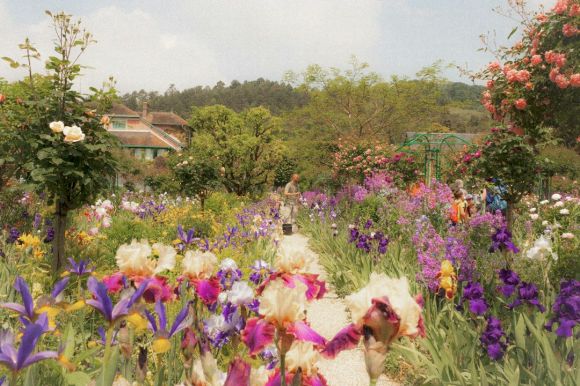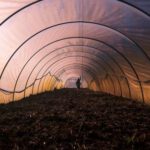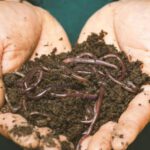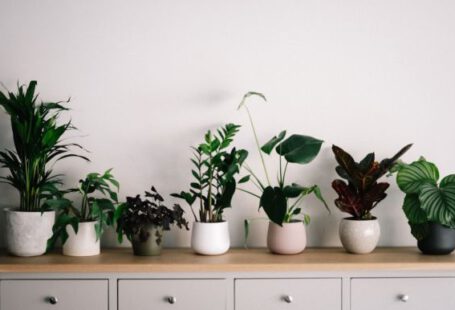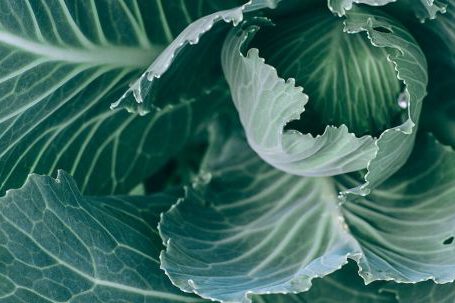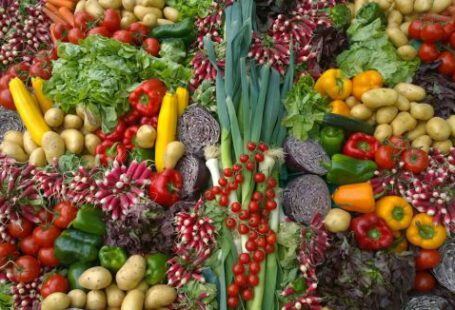Starting seeds indoors is a great way to get a head start on your spring garden. By starting seeds indoors, you can extend your growing season, have more control over the growing conditions, and save money on buying seedlings. But when is the right time to start your seeds indoors? Let’s explore the factors to consider for successful seed starting.
Understanding Your Plant’s Needs
Different plants have different needs when it comes to germination and growth. Some plants, like tomatoes and peppers, require a longer growing season and should be started indoors 6-8 weeks before the last frost date in your area. On the other hand, plants like lettuce and spinach can be directly sown outdoors as soon as the soil can be worked in the spring.
Determining Your Last Frost Date
The last frost date is a crucial piece of information for successful seed starting. It refers to the date when the risk of frost is minimal in your region. Knowing this date will help you determine when to start your seeds indoors. You can find the last frost date for your area by consulting a local gardening guide or using online resources. Make sure to factor in any microclimates or unique weather patterns in your specific location.
Counting Backwards
Once you have determined your last frost date, you can count backwards to figure out when to start your seeds indoors. As mentioned earlier, some plants require 6-8 weeks of indoor growth before they can be transplanted outdoors. Others may only need 4-6 weeks. Check the seed packet or consult a reliable gardening resource to find out the specific requirements for each plant you want to grow.
Considering Seedling Growth
When starting seeds indoors, it’s important to consider how quickly the seedlings will grow. Some plants, like beans and squash, grow rapidly and can quickly outgrow their containers if started too early. In this case, it’s better to wait until a few weeks before the last frost date to start these seeds. On the other hand, slow-growing plants, such as onions and leeks, can be started earlier without the risk of becoming root-bound.
Providing Adequate Light
Another factor to consider when starting seeds indoors is the availability of light. Seedlings need at least 12-16 hours of bright light each day to grow strong and healthy. If you don’t have access to natural light, you can use fluorescent or LED grow lights. Position the lights a few inches above the seedlings and adjust the height as they grow. Remember to rotate the trays regularly to ensure even growth.
Hardening Off Seedlings
Before transplanting your seedlings outdoors, they need to be hardened off. Hardening off is the process of gradually acclimating the seedlings to outdoor conditions. Start by placing them outside for a few hours each day, gradually increasing the time and exposure to direct sunlight over a week or two. This process helps the seedlings adjust to temperature fluctuations and prevents transplant shock.
In Conclusion
Starting seeds indoors for spring planting is an excellent way to jumpstart your garden. By understanding your plant’s needs, determining the last frost date, counting backwards, considering seedling growth, providing adequate light, and hardening off the seedlings, you can ensure a successful transition from indoor to outdoor growing. So, grab your seeds, get your hands dirty, and enjoy the satisfaction of growing your own plants from start to finish. Happy gardening!
